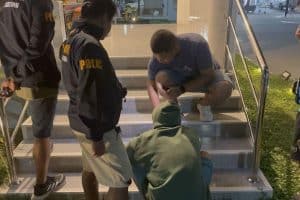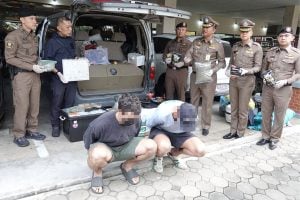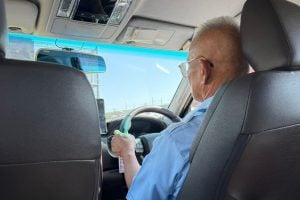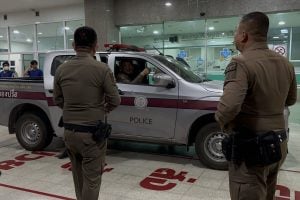A foreigner’s guide to getting a Thai driver’s license in Thailand
A complete guide for foreigners in Thailand what type of visa is required to get a driver's license? TM.30 form and 2025 exam practice questions, latest updates.

Getting a driver’s license in Thailand as a foreigner is a structured process managed by the Department of Land Transport (DLT). There is a complex process of proving your legal status and residency in the country.
This guide breaks down the exact requirements and steps you must follow.
1. The first hurdle: Visa and residency requirements
Before you even book an appointment, you must confirm you have the correct legal status. The DLT’s requirements are strict.
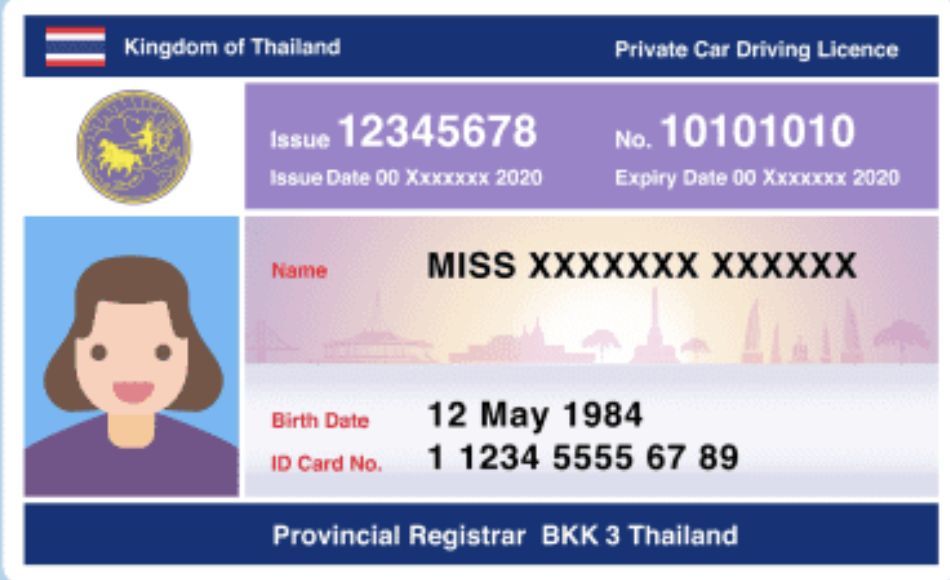
Your Visa status (The non-negotiable)
Your ability to get a license is tied directly to your visa type.
Required: You must hold a Non-Immigrant Visa. This includes categories like a Non-Immigrant B (work), Non-Immigrant O (retirement or dependent), Non-Immigrant ED (student), or other long-term visas.
Not Recommended (Tourist Visa): Attempting to get a license on a Tourist Visa is highly problematic. The DLT requires “Proof of Residency,” which immigration officials will generally refuse to issue to a tourist. While some anecdotal reports suggest success, this is not standard policy and often depends on an officer’s discretion, carrying a high risk of rejection. The only stable, legal path is a Non-Immigrant visa.
Proof of residency
You must provide one of the following two documents to the DLT.
- Work permit (The Easiest Option) This is the most straightforward document. You must present the original Work Permit book (or digital equivalent) and photocopies. The address listed in your Work Permit will be used on your driver’s license.
- Certificate of residence (CR) (The common option) If you do not have a Work Permit (e.g., you are retired, a student, or a dependent), you must get a Certificate of Residence. This certificate is valid for only 30 days.
You can get a CR from two sources
- Your embassy: You must check if your embassy still provides this service. Many, including the U.S. and UK embassies, have stopped issuing this document.
- The Immigration Bureau (Immigration Office): This is the standard method.
How to get a certificate of residence and the “TM.30 Trap”
To issue a CR, the Immigration Bureau must have your current address on file. This is where many applicants fail.
- The TM.30 requirement: By law, your landlord (the owner of your house, condo, or hotel) must report your stay to immigration using a TM.30 form.
- The “Trap”: If your landlord has not filed your TM.30, immigration has no official record of your address. They will not be able to issue your Certificate of Residence, and your entire license application will stop.
- Action step: Before you do anything else, confirm with your landlord that they have filed your TM.30 and can provide you with a copy of the notification.

2. Required document checklist
Once you confirm your visa and residency proof. Please gather these documents for your DLT appointment
Passport: Your original passport and photocopies of the main info page, your current Non-Immigrant visa, and your latest entry stamp.
Proof of residency (Choose ONE)
-
- Original Work Permit (and photocopies).
- Original Certificate of Residence (must be less than 30 days old).
- Medical certificate
- This certificate must be from a clinic or hospital in Thailand.
- It must be the standard government form certifying you are free from 5 specific diseases (e.g., leprosy, tuberculosis, drug addiction).
- It must be less than 1 month old.
- (For conversion only) Your home driver’s license: Your valid, unexpired license from your home country (plus photocopies). If it is not in English, you must provide a certified translation, often from your embassy.
3. Booking your appointment
You cannot walk into the DLT. You must book an appointment in advance through the official “DLT Smart Queue“ application available on iOS and Android.
Select “Driver’s License” and choose the correct option (e.g., “New License” or “Convert License”).
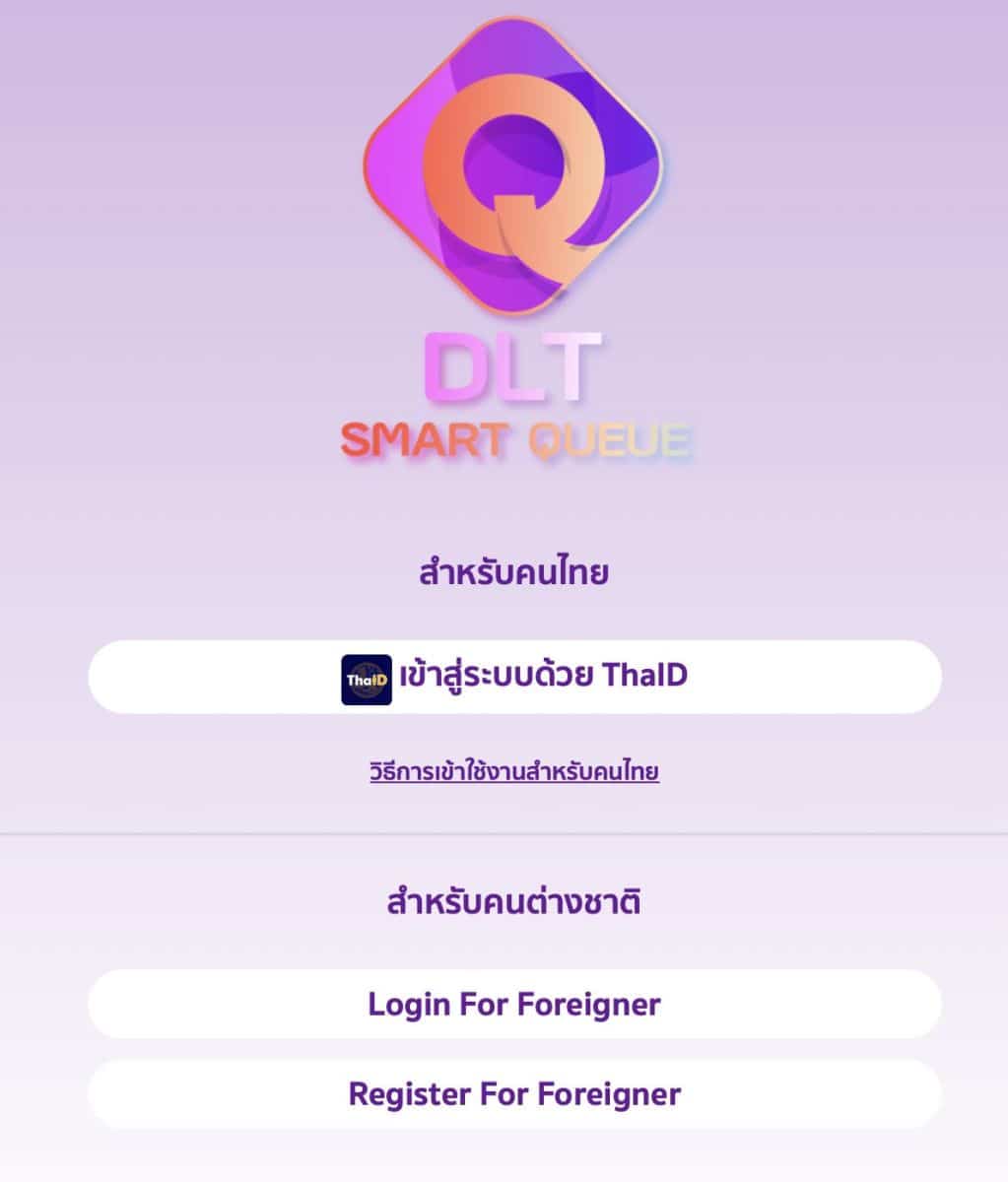
4. The DLT process: Two scenarios
When you arrive at the DLT, your process will follow one of two paths.
A: Getting a new license (From scratch)
This path is for foreigners who do not have a valid license from their home country. The process is nearly identical to the one for Thai citizens.
You must complete all tests:
1. Aptitude Tests (See section 5).
2. 5-Hour Theory Training: You must attend a 5-hour mandatory training class at the DLT.
-
- Warning: This training is often conducted only in Thai.
- Solution: You can bypass the DLT class by attending a DLT-certified private driving school. These schools offer the course in English and provide a certificate to exempt you from the DLT’s 5-hour class.
3. Exam Test
4. Practical driving Test
B: Converting a foreign license
This path is for foreigners who have a valid, unexpired license from their home country or a valid International Driving Permit (IDP).
- You ARE exempt from
- The 5-hour theory training (you may have to watch a 1-hour safety video).
- The practical (driving) test.
- You ARE NOT exempt from
- The aptitude tests.
- The written (theory) test.
Important 2025 rule change. Written test is mandatory
In the past, foreigners converting a license were often exempt from the written test. This is no longer the case.
Recent regulations now require all foreign applicants to pass the written theory test, even if you have a valid foreign license or IDP. You must study for this test.
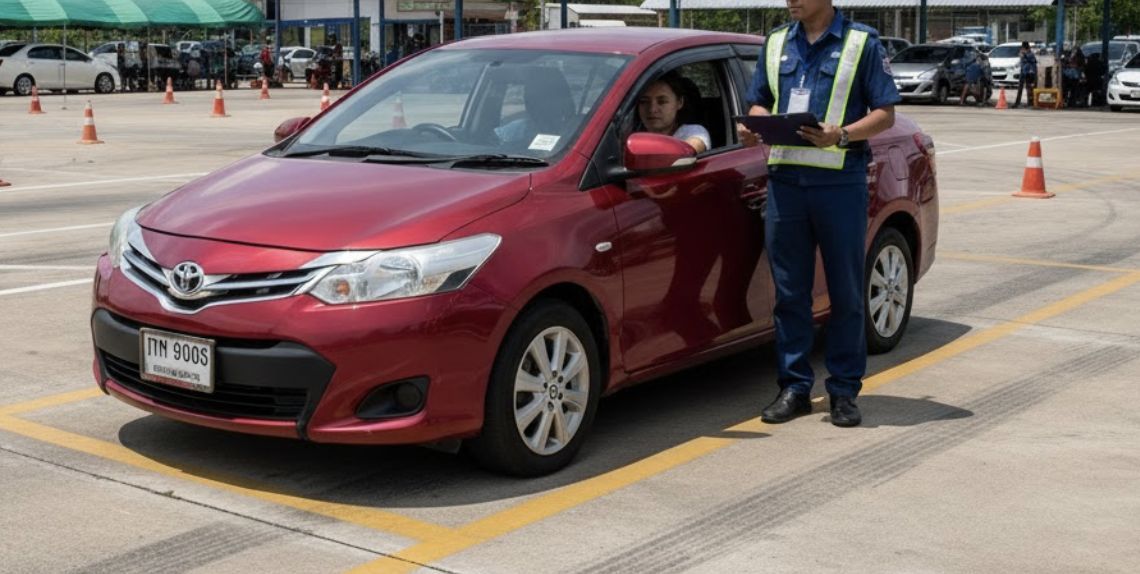
5. Understanding the tests
All applicants must pass the aptitude and written tests.
1. Aptitude tests (Physical check)
These are simple tests of your physical readiness to drive
- Colour Blindness Test: Identify red, yellow, and green colours.
- Depth Perception Test: Align two moving pegs in a box to show you can judge distance.
- Peripheral Vision Test: Identify colored lights flashing on your side (left/right) while looking straight ahead.
- Reaction Test: Push the brake pedal when a red light signal appears.
2. The written (theory) test
- A 50-question multiple-choice exam on a computer (E-exam).
- You must score 90% or higher (at least 45 out of 50 questions correct).
- Warning: The 90% threshold is high. Applicants converting their license (who skip the 5-hour training) must study Thai traffic laws and signs independently to pass.
Click here to try the mock exam.
3. The practical (driving) test (for new applicants only)
If you are applying for a new license, you must pass the driving test using your own vehicle. For a car, this typically involves three manoeuvres
- Driving forward and backwards in a straight line without hitting poles.
- Stopping at the curb (parking parallel to the footpath within 25 cm).
- Reversing into an “L-shaped” parking space (reverse parking).
6. Strategy and final steps
The key to success is timeline management.
- Check visa and TM.30: First, confirm your Non-Immigrant visa status and verify your landlord has filed your TM.30.
- Book DLT appointment: Use the DLT Smart Queue app to secure your date.
- Get your documents: Because the Medical Certificate and Certificate of Residence (CR) expire in 30 days, wait to get these documents until just before your DLT appointment date.

7. Driver’s license fees.
Applying for a new license (Temporary 2-year)
- Motorcycle: Approximately 105 – 205 Baht
- Personal Car: Approximately 205 Baht
Renewal (from 2-year to 5-year, or 5-year to 5-year):
- Motorcycle: Approximately 255 Baht
- Personal Car: Approximately 505 Baht
These fees do not include the cost of the medical certificate (which must be obtained from an external clinic) or any document translation fees (which may be required for foreigners).
Latest Thailand News
Follow The Thaiger on Google News:




